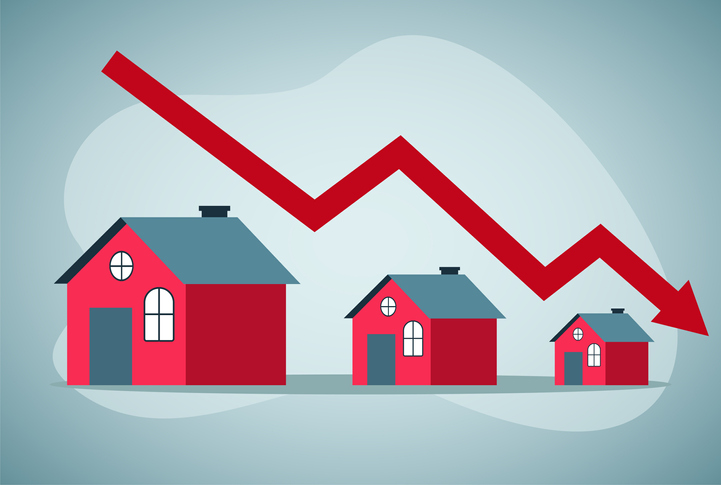Statistics from July 2023 show that foreclosure filings are down 9% from a month ago. What’s more, the number of new homes being foreclosed on is 12% lower than it was in June 2022. ATTOM CEO Rob Barber has hailed the significant decline as a sign of a rebounding housing market, pointing out that homeowners have additional resources to help them avoid foreclosure. Even so, he warns, it’s impossible to say for sure if the market will keep improving or turn downward.
There are signs the market is stabilizing. Home prices are back up, thanks in large part to the fact that inventory is low and demand is greater than supply. Weekly averages for 30-year mortgage loans are lower than they were in fall 2022. Analysts at Fitch point out that one of the main reasons why the foreclosure rate has been higher than normal for the last year is that the market is normalizing after the foreclosure moratorium in 2020. Indeed, there were about 150,000 foreclosure filings in the first quarter of 2019, but only 100,000 in 2023.
On the other hand, the foreclosure rate is still 5% higher than it was a year ago, and inflation continues to put pressure on U.S. consumers. When adjusted for inflation, workers are earning about the same amount of money as they were in the first quarter of 2020, before the COVID-19 pandemic picked up steam. The Consumer Price Index rose from 3% in June to 3.2% in July, spurred by a rise in the cost of food, shelter, and transportation. A rise in home insurance and property taxes is also pushing consumers over the edge. Homeowner insurance costs are set to rise by 9% this year, which means consumers would, on average, spend about $150 more per month. State-assessed values are rising by more than 14%, which means property taxes will rise as well.
It’s important to realize that foreclosure statistics vary wildly depending on geographic location. While the national average is one foreclosure filing for every 4,380 households, in some states the rate is far higher. Maryland has one foreclosure filing for every 2,071 housing units. New Jersey has one foreclosure filing for every 2,335 housing units and Delaware has one filing for every 2,343 housing units. Metropolitan areas with a foreclosure rate of more than one for every 2,000 housing units are Fayetteville, NC; Atlantic City, NJ; Columbia, SC; Trenton, NJ; Cleveland, OH; and Baltimore, MD.
The good news is some of these cities are seeing a decrease in new foreclosure filings, an indication that foreclosures are trending downwards, and the market is stabilizing. In Columbia, SC, foreclosure activity is 2.4% lower than it was in the first half of 2021. Foreclosure activity is also trending downwards in Trenton, NJ. Some states have also seen a significant decline in foreclosure rates. In Hawaii, the foreclosure rate is down 51%; in Honolulu, it’s down 53%. In New Hampshire, foreclosure rates are down 45%. In Idaho, they’re down 43%. Arkansas’ foreclosure rate is down 40% and Alabama’s rate is down 38%.
The current spike in completed foreclosures, which have seen a 4% rise in this last month, can give the impression that foreclosure activity is still rising. However, a close look at current statistics shows that this isn’t necessarily the case. While some states and cities are seeing a steady rise in foreclosure filings, many states and cities are seeing a steady decrease in new foreclosure filings. This includes some cities that have seen high foreclosure activity for the last year. Foreclosure activity is still higher than it was at this point in time last year, but experts knew this was going to happen after the COVID-19 foreclosure moratorium, as mortgage loans that could never be repaid continued to accumulate until the moratorium was over. Nonetheless, anyone invested in the residential real estate market will want to keep a close eye on monthly trends. The American consumer is tapped out and inflation is still going strong. It is just as possible for new foreclosure rates to start trending upward again as it is for them to continue their steady decline.
Have questions?
If you or someone you know has questions about the current foreclosure climate, we’d be happy to answer your questions:
(818) 591-9237

